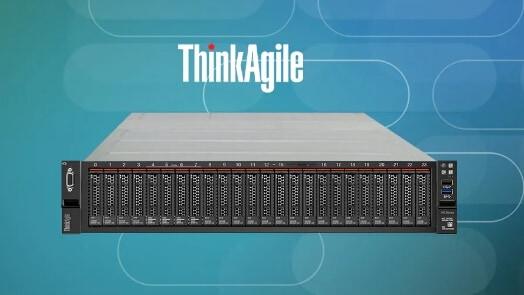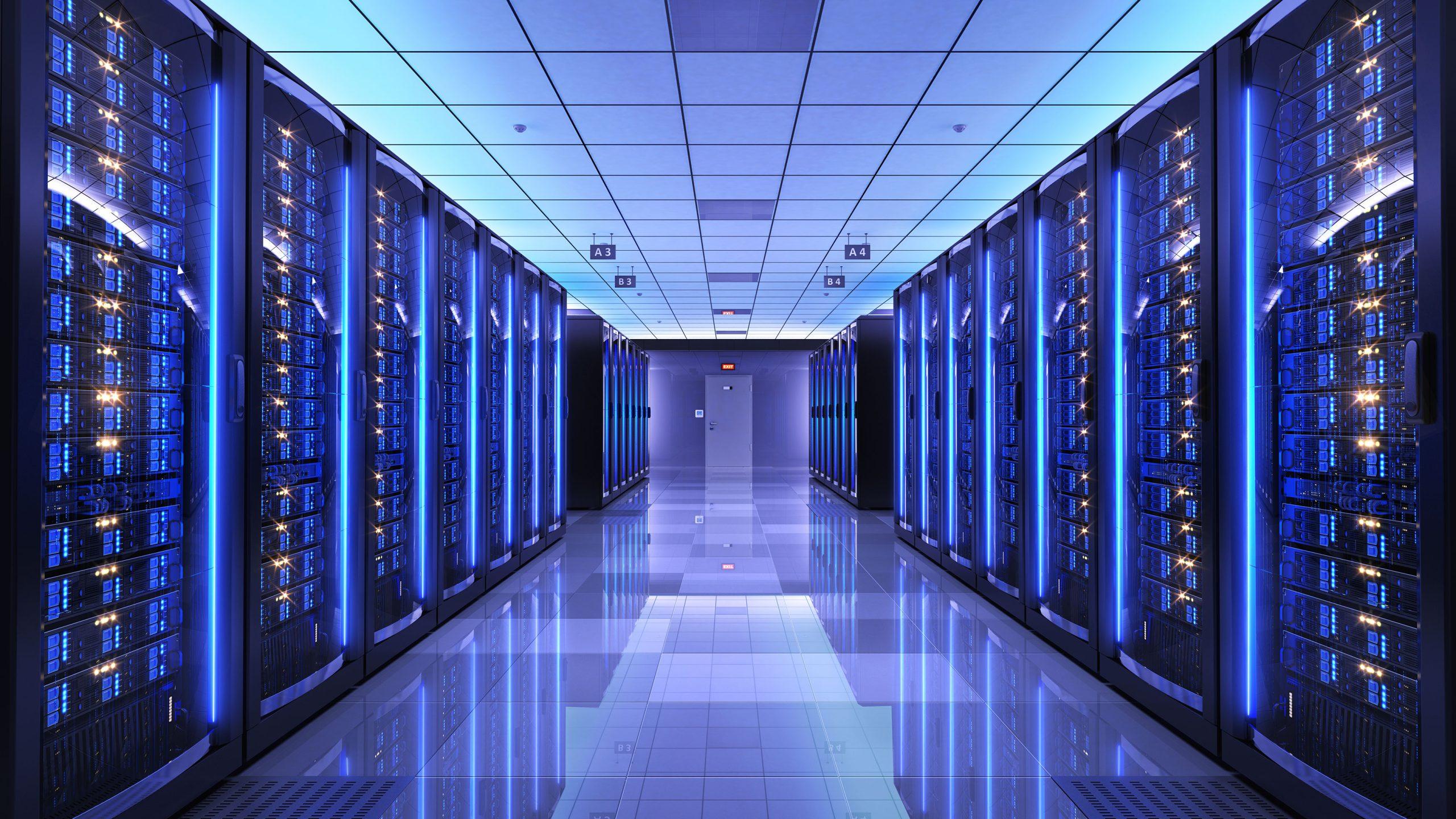The Internet of Things (IoT) has ushered in an era of unprecedented connectivity, transforming how we interact with technology. As IoT devices multiply, the sheer volume of data generated presents a challenge: can traditional cloud servers cope with this data explosion? Edge servers emerge as a pivotal solution, offering advantages that address the unique demands of handling massive IoT datasets efficiently.
The Rise of IoT and Data Challenges:
The proliferation of edge server IoT devices is reshaping our world, from smart homes and cities to industrial applications. These interconnected devices generate a staggering amount of data, surpassing the processing capabilities of conventional cloud infrastructure. As data transfer to centralized cloud servers introduces latency, security concerns, and bandwidth limitations, the need for a more distributed and responsive solution becomes evident.
Advantages of Edge Servers in Handling IoT Data:
- Reduced Latency:
Edge servers, strategically positioned closer to the source of data, minimize latency by processing information locally. This swift response is critical for applications like autonomous vehicles, healthcare monitoring, and industrial automation, where real-time decision-making is paramount.
- Bandwidth Optimization:
Transmitting vast amounts of IoT data to central servers strains bandwidth. Edge servers alleviate this burden by performing initial data processing on-site, sending only relevant information to the cloud. This optimization not only conserves bandwidth but also reduces operational costs.
- Enhanced Security:
Security is a top concern in the IoT landscape. Edge computing establishes a more secure framework by processing sensitive data locally. With fewer points of data transfer, the attack surface is reduced, providing a robust defense against potential vulnerabilities.
- Scalability:
Edge servers offer a scalable solution that adapts to the increasing volume of IoT devices. This distributed architecture enables seamless scalability without the need for significant adjustments to centralized cloud infrastructure.
- Improved Reliability:
Centralized cloud servers are susceptible to outages, impacting service reliability. Edge computing, with its decentralized nature, enhances reliability by ensuring that critical functions can continue even if certain nodes experience issues.
- Compliance and Data Sovereignty:
Edge computing facilitates compliance with data sovereignty regulations. Processing data locally allows organizations to adhere to regional data protection laws, offering greater control and ensuring compliance with privacy standards.
- Cost Efficiency:
Edge servers contribute to cost efficiency by reducing the need for extensive data transfers and storage in the cloud. This not only optimizes operational costs but also enhances the overall economic viability of IoT deployments.
- Enhancing Real-Time Decision-Making:
Edge servers play a pivotal role in advancing real-time decision-making capabilities in the realm of IoT. By processing data locally at the edge, these edge servers dramatically reduce latency, enabling applications such as autonomous vehicles and smart grids to make split-second decisions. The ability to analyze and respond to data at the source enhances the overall efficiency and responsiveness of IoT systems, ushering in a new era of instantaneous decision-making that is critical for various industries.
- Optimizing Bandwidth Usage with Edge Intelligence:
Edge servers bring a level of intelligence to the network’s edge, allowing for sophisticated data processing closer to the source. This intelligence enables the identification and transmission of only essential information to centralized cloud servers, optimizing bandwidth usage. This bandwidth optimization not only addresses the challenges posed by data congestion but also contributes to a more sustainable and cost-effective IoT ecosystem, as organizations can better manage their data transfer needs.
- Enabling Edge-to-Cloud Synergy:
One of the distinctive advantages of edge servers is their ability to work seamlessly with cloud infrastructure, creating a powerful synergy. While edge servers handle immediate data processing and responses, the cloud remains a repository for more extensive analytics and storage. This collaborative approach leverages the strengths of both edge and cloud computing, ensuring that IoT systems benefit from localized efficiency while harnessing the expansive capabilities of cloud resources.
- Customization and Scalability for Varied Applications:
The scalability of edge servers is a game-changer for the diverse landscape of IoT applications. Organizations can customize their edge computing infrastructure to match the specific requirements of different use cases. Whether it’s a smart city deployment, industrial automation, or healthcare monitoring, the ability to scale edge computing resources ensures that each application receives the processing power it needs without unnecessary overhead, providing a tailored and efficient solution for varied IoT scenarios.
Challenges and Considerations:
While the advantages of edge servers in handling IoT data are substantial, challenges exist that require careful consideration:
- Infrastructure Complexity: Deploying edge computing infrastructure can be complex, requiring careful planning and coordination. Organizations must invest in the necessary hardware and software to establish a robust edge network.
- Standardization and Interoperability: The IoT landscape lacks universal standards, leading to interoperability challenges. Standardization efforts are crucial to ensure seamless communication and compatibility among diverse IoT devices and edge servers.
- Security Concerns: While edge computing enhances security, it also introduces new challenges. Securing numerous distributed nodes demands robust measures to protect against potential vulnerabilities and cyber threats.
- Data Management: Efficient data management is vital for maximizing the benefits of edge computing. Organizations must implement effective strategies for processing, storing, and analyzing data at the edge without compromising performance.
Conclusion:
In the era of IoT, the explosion of data demands innovative solutions, and edge servers emerge as a crucial component in handling this influx efficiently. The advantages of reduced latency, bandwidth optimization, enhanced security, scalability, improved reliability, compliance with data sovereignty, and cost efficiency position edge server computing as a transformative force in the IoT landscape. While challenges exist, the benefits of edge servers underscore their significance in shaping the future of IoT data processing. As technology continues to evolve, the synergy between edge servers and IoT promises a more responsive, secure, and efficient connected world.






